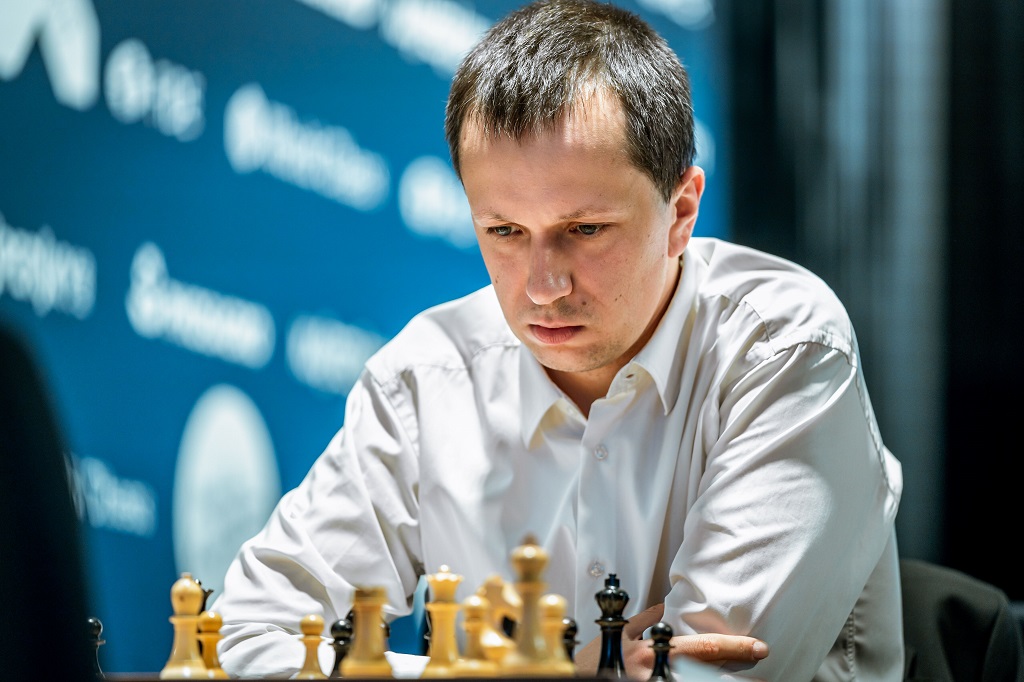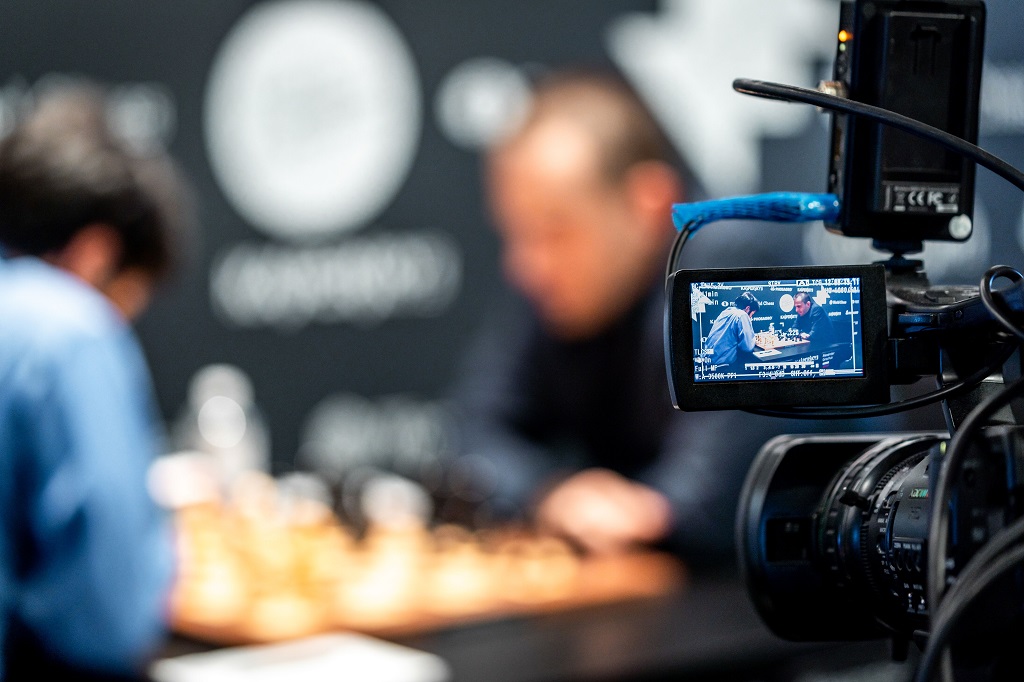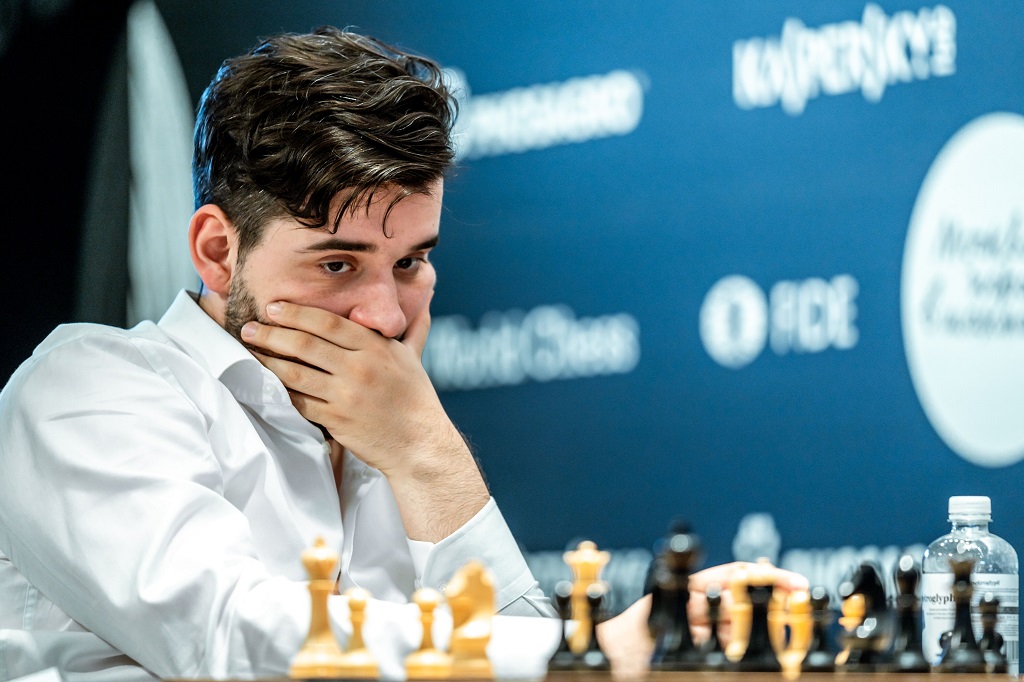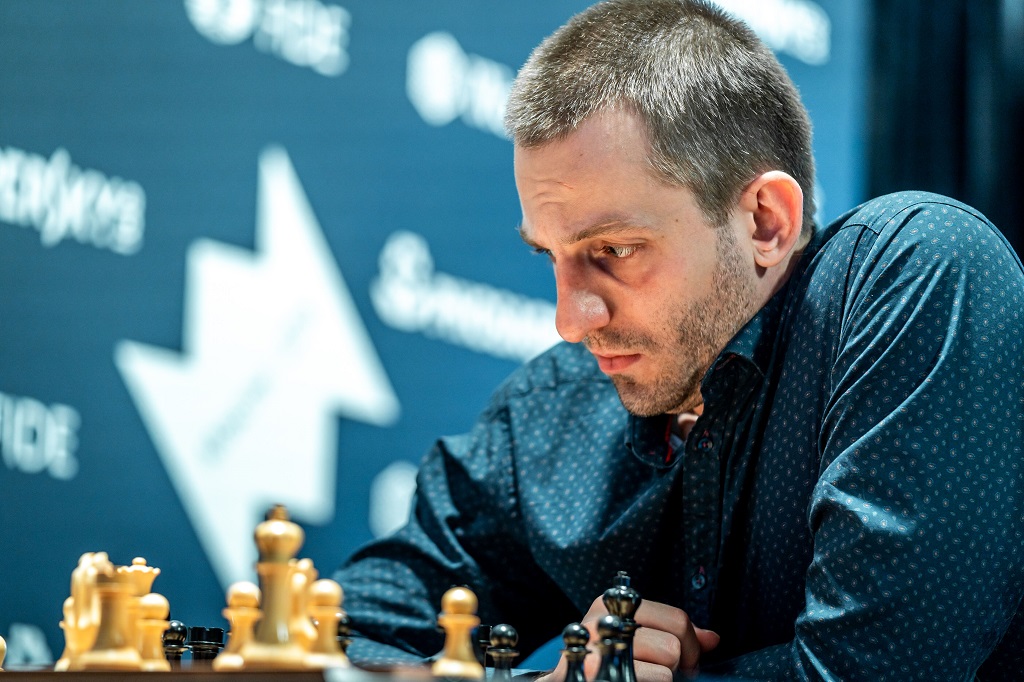


The chess world has been trying to deal with the 'problem of draws' for years on end. Some do not consider this to be a real issue, while others keep looking for ways to reduce the amount of peaceful results. For example, in less than two weeks, the seventh edition of the Norway Chess Tournament will try a new format, which forces every game to have a winner at the end of the day — in case of a draw, an Armageddon game will take place.
Tournament organizers have experimented with a wide array of ideas to discourage quick draws, and there has certainly been an improvement if we compare the situation with that of ten or so years ago (again, some even argue that there is no problem to be solved at the time). But sometimes the players choose to be pragmatic, as their careers are on the line... The first games of the semi-finals in Moscow were over after 26 and 35 moves, with all four players agreeing that continuing to look for an advantage would simply have been an unjustifiable decision.

Through the eye of the camera | Photo: Niki Riga / World Chess
A Sicilian Najdorf appeared on the board, with Ian Nepomniachtchi later confessing that he thought he would surprise his opponent with some new ideas. However, as Nepomniachtchi put it, "[Radek] knew nearly all the theory". Indeed, Black equalized, but also spent much more time than his opponent in the ensuing middlegame. When the draw was agreed, Wojtaszek had almost an hour less than his opponent on the clock — Nepo's clock had an hour and twenty-two minutes left!

Nepo is well-known for playing quickly | Photo: Niki Riga / World Chess
Russia's highest-rated player explained why he had taken the draw despite having such an advantage on the clock:
Maybe White can play on, but strategically the position is a little bit dangerous, and if you allow Black to co-ordinate his pieces better I think only White can be in trouble, so that's why I decided to offer a draw.
Wojtaszek, on the other hand, criticized his own preparation:
Actually what I prepared was probably quite naïve, because I already played this line against Najer, so I knew more or less the main ideas, but on the other hand it's such an unclear position that you need to know probably much more, so I spent quite a lot of time. And then, okay, when I got an offer I thought that I'm an hour behind...
After the opening, Hikaru Nakamura felt his opponent's play should be punished somehow, as Alexander Grischuk did not follow the first suggestion of the computer, but then realized that "practically speaking, it was very hard to prove an advantage". Naka went on to give up the pair of bishops but gained a pawn in exchange. In the struggle that followed, White tried to consolidate his material advantage, but Black did not take long to equalize (or more) and in the final position, as Grischuk stated, "you would need to be crazy to decline a draw here with White".

Grischuk will play White in game two | Photo: Niki Riga / World Chess
Alexander was the one with Black, so Eteri Kublashvili asked him whether he feels he now has a psychological advantage going into the rest of the match. Grischuk responded:
We played, I don't know, hundreds of matches in our lives. Just one draw and you get a psychological edge? It's ridiculous.
Nakamura confirmed his colleague's opinion:
We've played hundreds of games (laughs). I mean, I don't think anything has changed magically since the last time we played, so you just play what you're gonna play and see what happens.
Commentary by GMs Evgeny Miroshnichenko and Daniil Yuffa